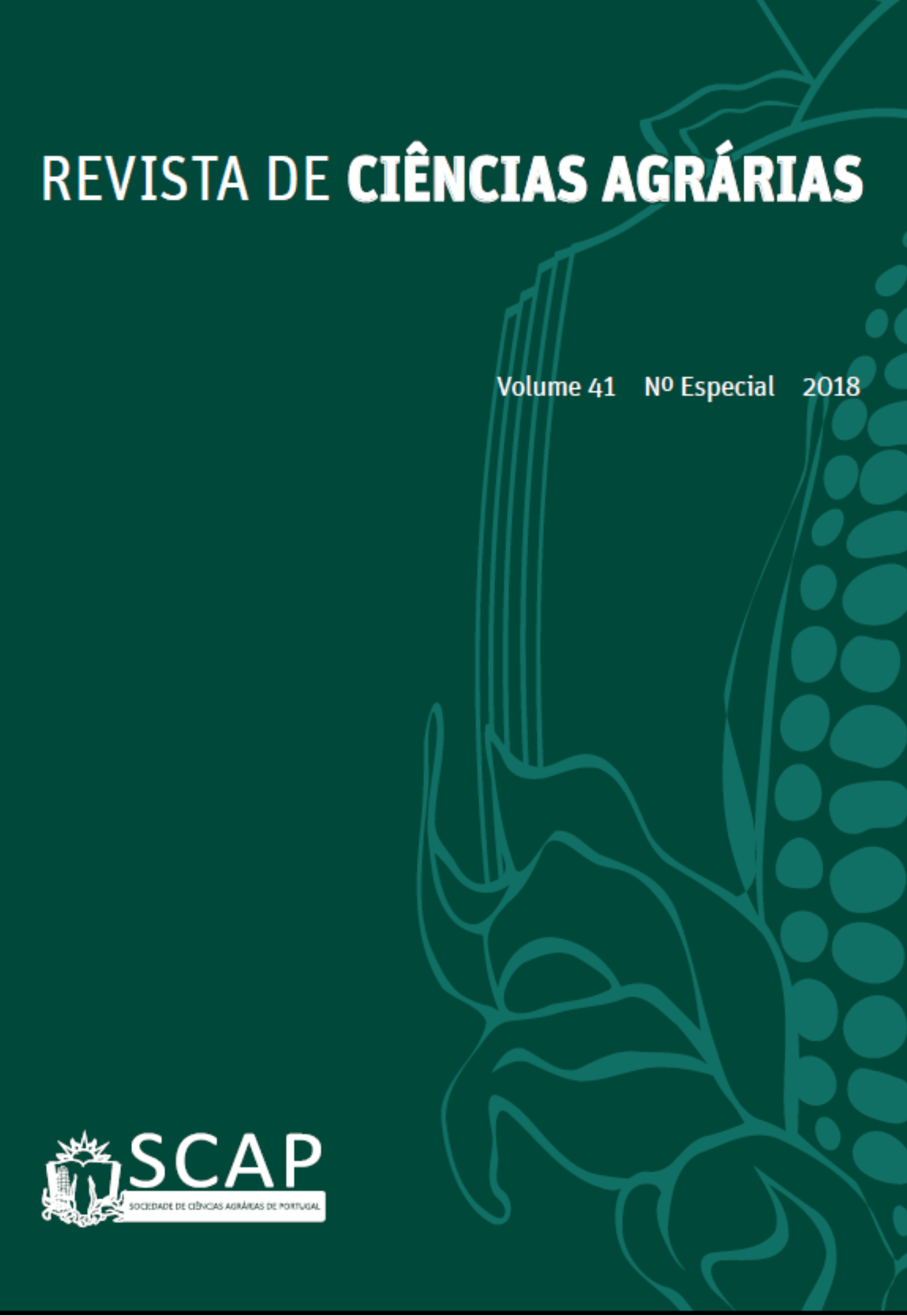Efficacy of fungicides in vitro for Stemphylium vesicarium of pear
DOI:
https://doi.org/10.19084/rca.17072Abstract
Stemphylium vesicarium (teleomorph Pleospora allii), causal agent of brown spot of pear, is currently the fungus responsible for the greatest losses in pear production in the western region of Portugal. The onset of the disease has been recurrent in recent years, and there is a high risk of S. vesicarium developing resistance to the fungicides used. Five fungicides were tested in in vitro assays for S. vesicarium: fluopyram, iprodione, tebuconazole, thiram, and trifloxystrobin. Three types of tests were performed: preliminary tests to evaluate the sensitivity of S. vesicarium to 10 mg.mL-1 of active ingredient of each fungicide on mycelial growth, minimum inhibitory concentration (MIC) and fungicide efficacy in the inhibition of spore germination. Fifty-three S. vesicarium isolates were used in the preliminary tests, four isolates in the determination of MIC and six isolates to evaluate spore germination, all obtained in 2015 from the West region of Portugal. In the preliminary tests, all isolates were insensitive to the fungicides fluopyram, tebuconazole, and trifloxystrobin, but only 13% were insensitive to iprodione. MIC ranged from 100-500 mg.L-1 for tebuconazole to 4,000-20,000 mg.L-1 for trifloxystrobin. The efficacy of fungicides on spore germination of S. vesicarium was very low, being obtained a maximum of 61% mortality with fluopyram, but only for one of the isolates. None of the tested fungicides simultaneously showed efficacy in inhibiting mycelial growth and in vitro spore germination of S. vesicarium.


